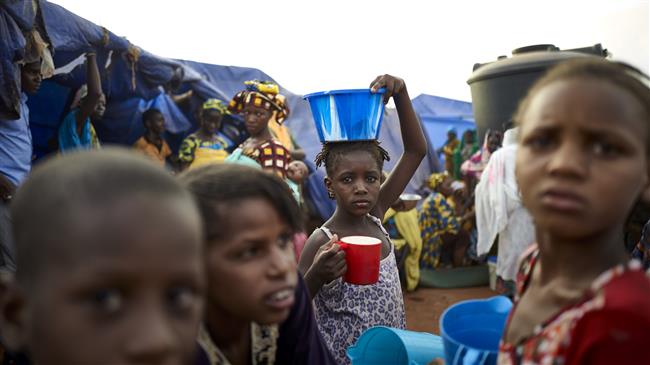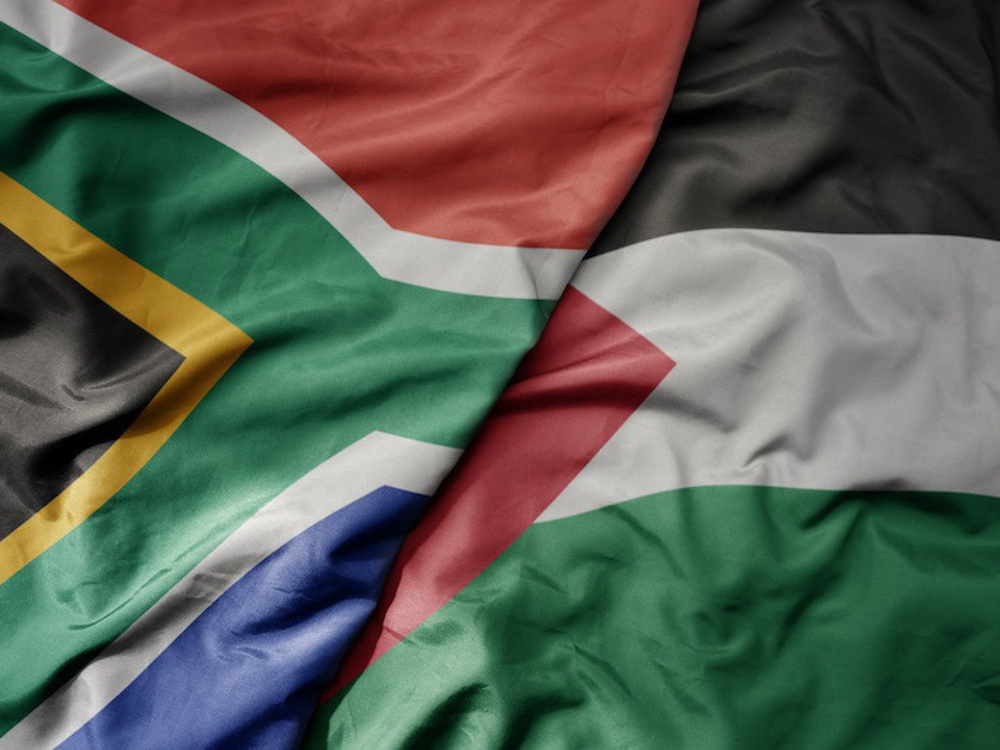Over 9 million need urgent food aid in Sahel, African experts warn
African officials and experts have warned that the number of people in need of urgent food aid across the Sahel region has more than doubled this year amid an intensification of violence and insecurity.
The officials said on Monday that some 9.4 million people were projected to be in immediate need of assistance in the 16 countries analyzed across the region.
“Civil insecurity has deteriorated this year in Mali, Burkina Faso and Nigeria,” said Mahalmoudou Hamadoun of the Permanent Interstate Committee for drought control in the Sahel.
“So these mainly rural populations cannot ensure their means of subsistence, agriculture or animal raising, even as they continue to be affected by climate change.”
The Food Crisis Prevention Network, which includes government and United Nations representatives as well as NGOs, also announced that three countries, Nigeria, Niger and Burkina Faso, were facing “crisis conditions.”
“By June-August 2020, 14.4 million people are projected to be in a crisis situation or worse, including 1.2 million in an emergency situation,” the network said in a statement issued during its annual meeting in Paris.
The vast expanse of the Sahel along the southern rim of the Sahara is extremely vulnerable to drought, even as birthrates surge across the region.
Takfiri terrorist groups have strengthened their foothold across the arid Sahel region, making large swathes of territory ungovernable and stoking local ethnic violence, especially in Mali and Burkina Faso.
The United Nations (UN) declared in July that the spread of terrorist attacks was so fast in West Africa that the region had to consider bolstering its response beyond current military efforts.
In 2017, Burkina Faso, Niger, Chad, Mali, and Mauritania launched the G5 Sahel task force to counter militancy in the region.
The International Committee of the Red Cross (ICRC) has warned that the military approach alone would not be effective and called for greater efforts to relieve the roots of the conflict in the region, namely poverty, poor governance, and climate hazards.
‘All wars have rules. All of those rules have been broken’ by Israel
VIDEO | Report flags India’s violation of rights of Rohingya detainees
Turkey's foreign minister meets Syria's de facto leader in Damascus
'Next to impossible' to rescue patients from Gaza's Kamal Adwan Hospital: Director
VIDEO | Vietnam current prosperity
Report blames gasoil exports for shortage at Iranian power plants
VIDEO | Hind Rajab Foundation names Israeli war criminals vacationing after Gaza genocide
VIDEO | Australians rally for Gaza ahead of Christmas festivities












 This makes it easy to access the Press TV website
This makes it easy to access the Press TV website